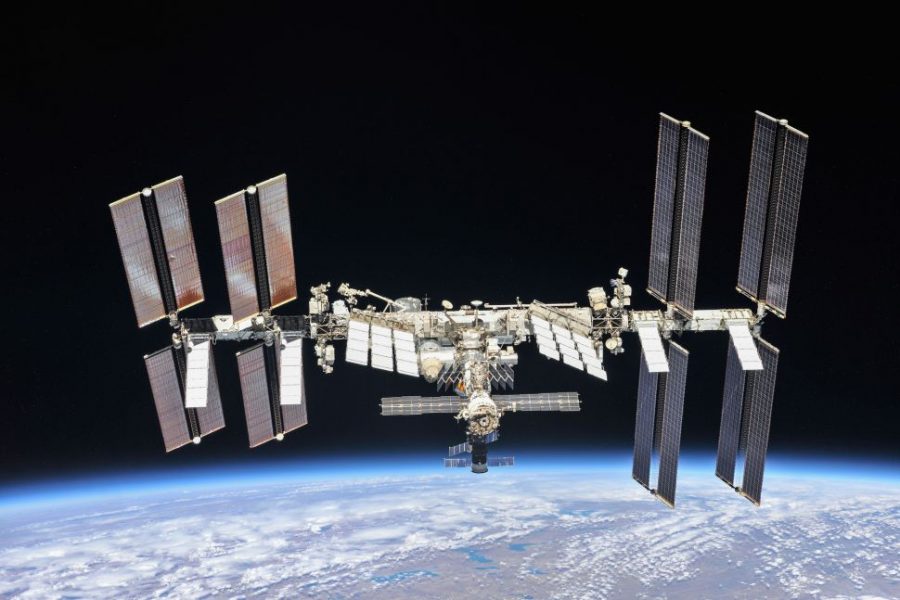
Russia blasts a satellite out of the sky – and adds to ‘space junk’ problem

A Russian missile test that destroyed an old satellite created more than 1,500 pieces of ‘space junk’ (shrapnel, or orbital debris) now threatening the seven astronauts aboard the International Space Station (ISS), according to US officials.
The astronauts – four Americans, one German and two Russians – were forced to take shelter in their spacecraft early Monday (November 15) when the station passed uncomfortably close to orbital debris.
A similar weapons test by China in 2007 also resulted in countless debris. One of those pieces threatened to come dangerously close to the ISS last week. Over the station’s 23-year orbital lifetime, there have been about 30 close encounters with orbital debris requiring evasive action.
The space station is at especially high risk because the missile test occurred near its orbit, according to reports. But all objects in low-Earth orbit — including the Hubble Space Telescope — will be at risk over the next few years, they said.
What’s ‘Space Junk’
Space junk is any piece of machinery or debris left by humans in space. It can refer to big objects such as defunct satellites or smaller things, like bits of paint flecks that have fallen off a rocket.
Some human-made junk has been left on the Moon, too.
There are about 4,000 active and several thousand dead satellites orbiting Earth at the moment. There are also more than 36,500 pieces of junk bigger than 10 centimetres in size and millions of smaller pieces above.
Some objects in lower orbits of a few hundred kilometres can return quickly, re-enter the atmosphere and burn up. But debris or satellites left at higher altitudes of around 36,000 kilometres – where communications and weather satellites are often placed in geostationary orbits matching Earth’s rotation – can continue to circle our planet for hundreds or even thousands of years.
The US Department of Defense’s global Space Surveillance Network (SSN) sensors currently track more than 27,000 pieces of space junk. Much more debris – too small to be tracked, but large enough to threaten space missions – exists in the near-Earth space environment. Since both the debris and spacecraft are travelling at extremely high speeds (approximately 25,000 kph in low-Earth orbit), an impact of even a tiny piece of orbital debris with a spacecraft could become catastrophic.
In total, across all satellites, hundreds of collision avoidance manoeuvres are performed every year, including by the ISS. Fortunately, collisions are rare. In 1996, a French satellite was hit and damaged by debris from a French rocket that had exploded a decade earlier. In 2009, a defunct Russian spacecraft collided with and destroyed a functioning US Iridium commercial spacecraft. China’s 2007 anti-satellite test, which used a missile to destroy an old weather satellite, added more than 3,500 pieces of large, trackable debris and many more smaller debris to the debris problem. The last satellite to be destroyed by space junk was in 2009.
Moving Out of the Way
According to NASA, debris avoidance manoeuvres are planned when the probability of collision reaches limits set in the flight rules used to operate the ISS and the spacecraft used to transport humans and cargo to and from the station. For the ISS, if the probability of collision is greater than 1 in 100,000, a manoeuvre will be conducted if it will not result in significant impact to mission objectives. If it is greater than 1 in 10,000, a manoeuvre will be conducted unless it will result in additional risk to the crew.
Avoidance manoeuvres are usually small and occur from one to several hours before the time of the conjunction. Such manoeuvres with the ISS require about five hours to plan and execute using the station’s Russian thrusters, or the propulsion systems on one of the docked spacecraft, according to NASA.

